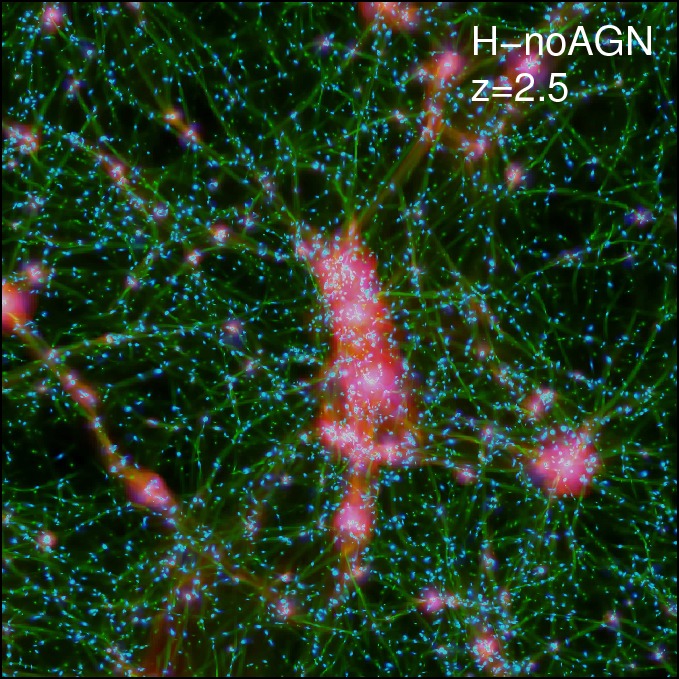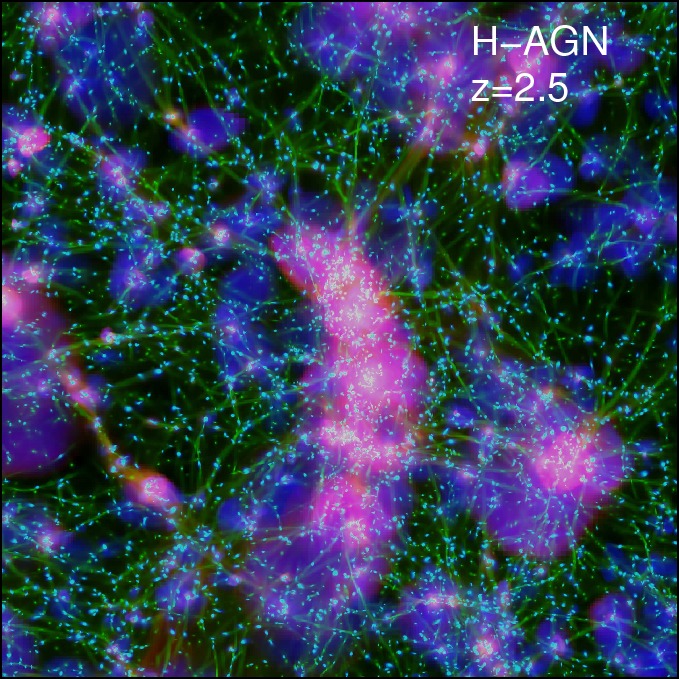Hi. I'm Suk Sien Tie.
Postdoctoral Scholar
University of California, Santa Barbara
About
I am currently a postdoctoral scholar with the ENIGMA group at UC Santa Barbara. I study the intergalactic medium of the Universe as a probe of large-scale structures and how it can inform us on galaxy evolution. I also regularly wear my instrumentation hat and work on instrumentation projects.
I am lucky to be born in the beautiful tropical country of Malaysia and am of Chinese ethnicity. I enjoy outdoor activities and have an insatiable travel bug. In my free time, I try to keep my secret pianist dream alive and feel sorry for my violin.
Research
Intergalactic Medium (IGM) and Large Scale Structures
Metal content in the IGM provides a record of the Universe star formation history, and at high redshift, they provide additional constraints on reionization. However, the typical background metallicity of the IGM remains largely unknown, and questions remain as to how abundant and distributed metals are in the IGM. I am currently studying the chemical enrichment of the IGM with the metal-line forest.
The Lyman-alpha forest is a series of dense absorption lines in the spectra of background quasars and a unique probe of the intergalactic gas that permeates the Universe. With David Weinberg and Paul Martini, I explore what useful information on the properties and distribution of the intergalactic gas we can extract from the higher order statistics of the forest. Please see our paper for more details.


Astronomical Instrumentation
Together with Paul Martini, I lead the hardware effort to build the Sky Monitor for the Dark Energy Spectropic Instrument (DESI). The Sky Monitor will use the sky fibers on the DESI focal plane to measure the sky background level in real time to estimate the optimum exposure time for the survey. Check out our SPIE paper and poster!
The DESI survey will use thousands of robotic positioners to precisely place fibers on astronomical targets over the sky. The DESI anticollision software detects and resolves potential collisions that may occur as the robotic positioners make their way to their target positions. I've helped test the software using simulations and on production hardware to ensure it is robust and efficient.
Quasars
I have studied the effectiveness of different quasar selection methods, involving color, probabilistic modeling, variability, and various combinations of these using the Dark Energy Survey (DES) imaging data compared against a highly complete quasar sample within the overlapping regions. Read more about it here.
The time delays of lensed quasars can be used to infer the Hubble constant. Chris Kochanek and I show that microlensing, which is lensing by stars of the foreground lens galaxy, may affect the accuracy of the inferred Hubble constant by perturbing the time delay of the lensed quasar by order of ~day. Check out our paper for more details.
Education
PhD in Astronomy
The Ohio State University
M.S in Astronomy
The Ohio State University
BSc in Astrophysics
California Institute of Technology
Contact
Department of Physics
Broida Hall, University of California, Santa Barbara
Santa Barbara, CA 93106-9530 Email
sstie@physics.ucsb.edu